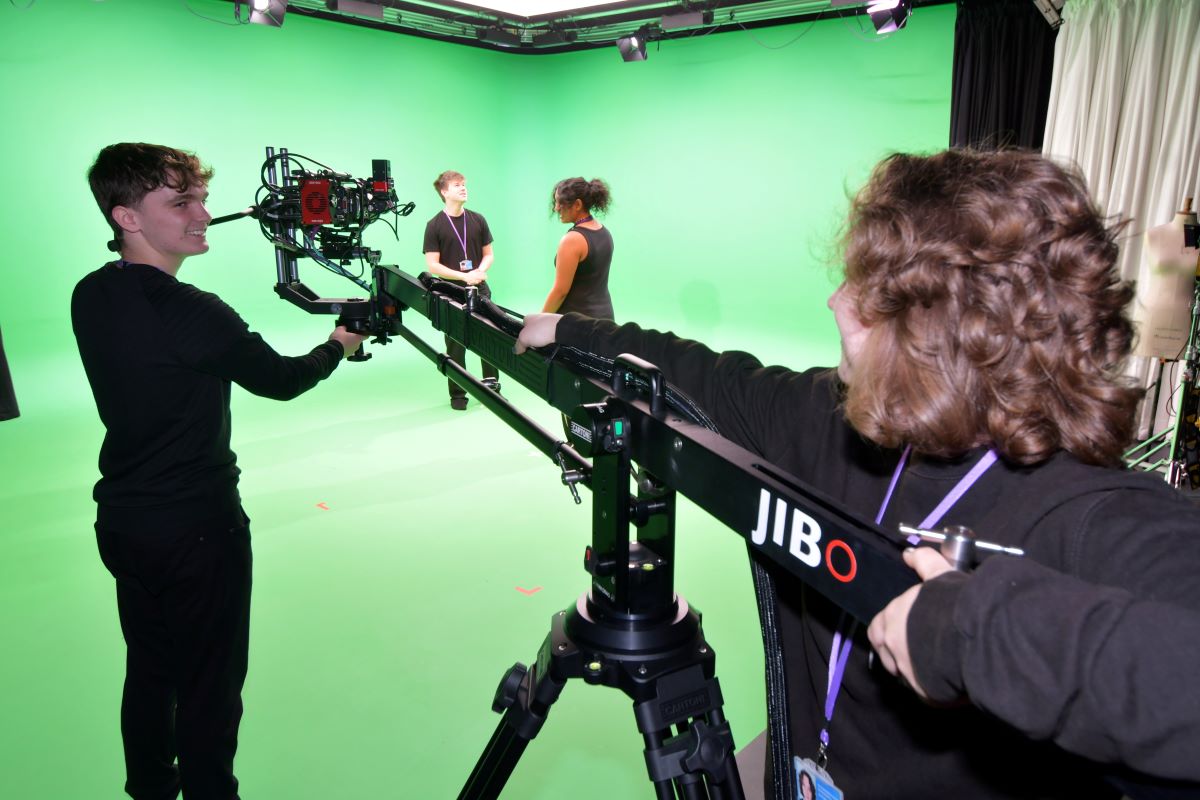In the Future, How Will We Learn? Developing adaptable skills with Jane Mann

In his 2015 paper, the MIT economist David Autor asked why, given the rapid technological advances of the 20th century and the apparently accelerating automation of so many areas of work, there are still so many jobs?
Clearly, human labour has not been made obsolete, despite predictions from some such as John Maynard Keynes in 1930 that automation by machines would mean we would be working 15-hour weeks by now.
So what is going on?
Autor’s key example is bank tellers. ATMs were introduced to the United States in the 1970s, and the number more than quadrupled between 1990 and 2010. But the number of bank tellers – whose jobs these new technology would ostensibly replace – also increased over this time.
The explanation for this counter-intuitive effect is twofold:
- first, the ATMs made running the branches of banks cheaper, so the number of total branches (and the demand for tellers) dramatically increased,
- and second, they gave the tellers more time away from mundane computational and currency-handling activity to actually engage with customers, selling them new financial products, and transforming the experience (for workers and customers) of retail banking in the process.
The challenge for educators in this century is working out how to prepare young people for this kind of world, one in which we know that technological change will continue apace, but where the effect of this technological change will be far more complicated than mere automation or the redundancy of some jobs.
Cambridge Partnership for Education works with governments around the world to answer this question, and make sure that the young people of their countries are prepared for the world of work over the coming decades. We have often seen this particular problem given great attention when it comes to higher or continuing education, but it is important to recognize the need to begin further upstream, giving students the tools and capabilities needed from the earliest stages of their education.
‘Future-proof’ education
One crucial component to a ‘future-proof’ education is demonstrated by the bank tellers: new technology will often provide an opportunity to enhance a person’s capabilities in new directions, as long as they can adapt to incorporating it into their work. So, our education systems need to equip learners with this adaptability, strengthening their ability to respond creatively and enthusiastically to new challenges and opportunities.
Cambridge has worked with governments in Kenya and India to deploy competency-based learning in schools, through developing curricula informed by this approach and training teachers to embed supportive approaches in their practice. The aim is to provide learners, even those in primary and pre-primary education, with adaptable skills for learning that will grow with them throughout schooling and beyond.
21st century skills
When ‘21st century skills’ such as ‘learning how to learn’ are invoked, we are expected to imagine Autor’s bank tellers adapting to a more interpersonal, communicative and social type of work. But of course, these tellers were learning these skills in the 20th century – will today’s youth need something more than this in an undoubtedly more complex and technologically sophisticated work environment?
The definition of what is covered by foundational skills is key here: children need to be taught not only literacy and numeracy but also basic digital skills. Sometimes this can mean the ability to engage with hardware and use different computing tools, but it also means a suite of aptitudes often grouped under ‘digital literacy’ – confidence in navigating the internet, discernment in evaluating sources of information, and awareness of which resources offered online can be used to deal with particular problems.
The ambition with all such approaches is to facilitate learning that continues beyond the confines of the school, into life and into the workplace. The temptation is often to view education – or, at least, the responsibilities of the education system – as complete once a student graduates secondary school. But that first decade and a half barely constitutes a quarter of the life of learning available to young people today, with the likelihood being that access to learning resources for adults and those in work is only going to expand in the remainder of this century. Education systems should be preparing students for this continued journey in the future by building the strongest foundations now.
Jane Mann, Managing Director of the Cambridge Partnership for Education
A part of the University of Cambridge, Cambridge Partnership for Education brings together the understanding and expertise in education reform from Cambridge University Press and Assessment, supported by the collective knowledge and global network of the University of Cambridge, and works with governments, ministries of education and international development organisations to support programmes of education reform.
References:
Autor, “Why Are There Still So Many Jobs? The History and Future of Workplace Automation“, 2015
Keynes, “Economic Possibilities for our Grandchildren“, 1930











Click here to view the agenda and speakers, and to watch the recorded Summit sessions